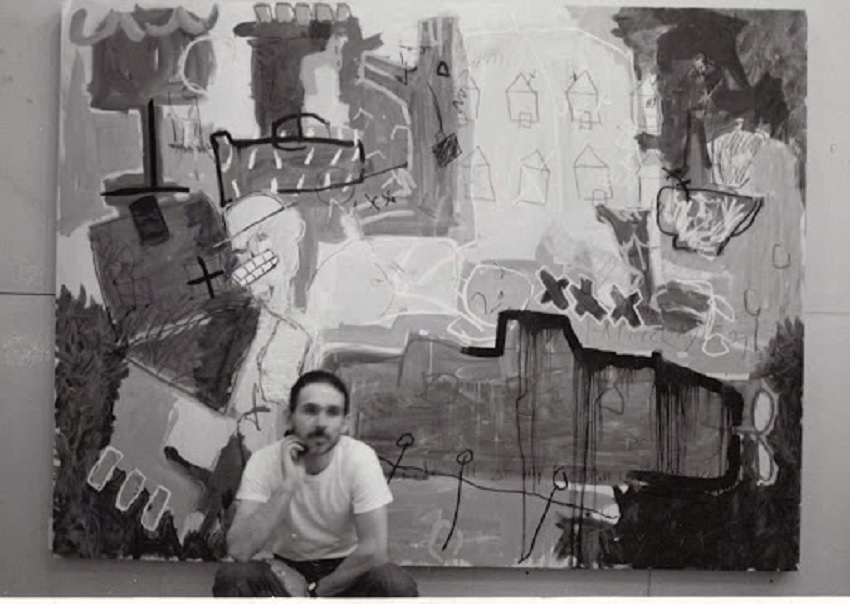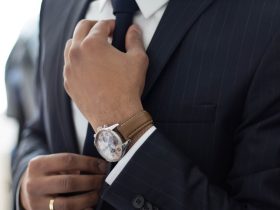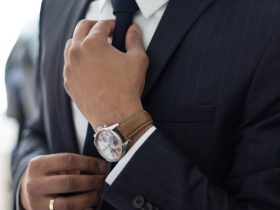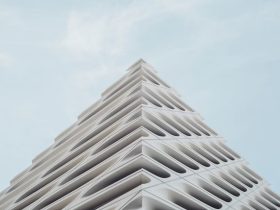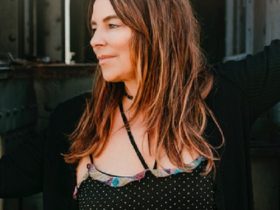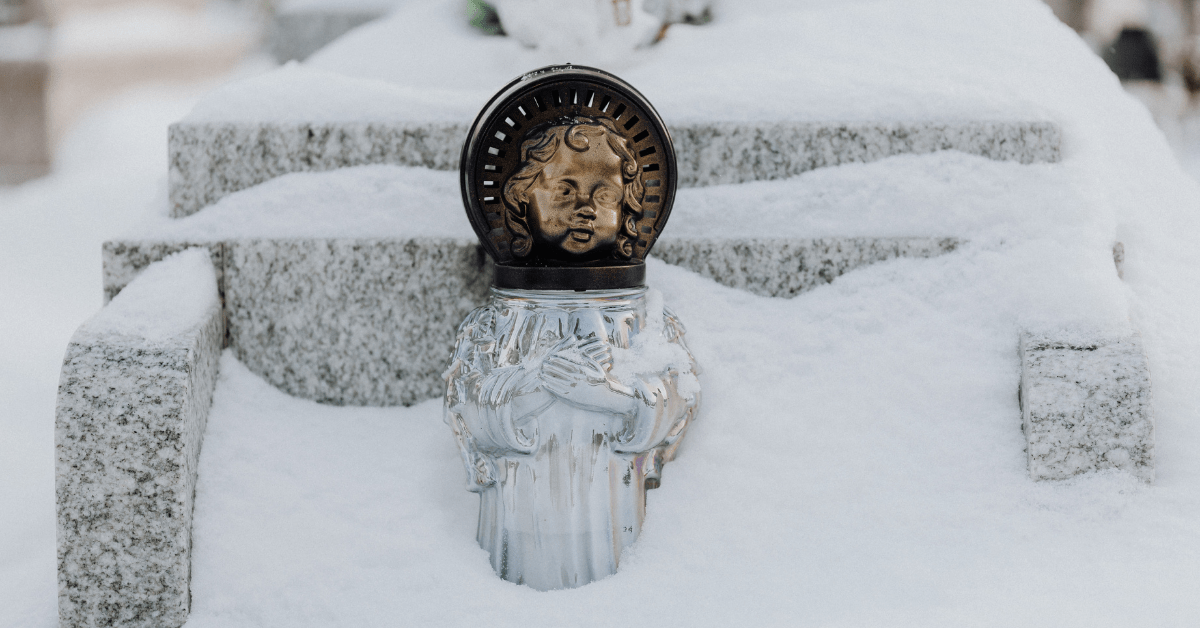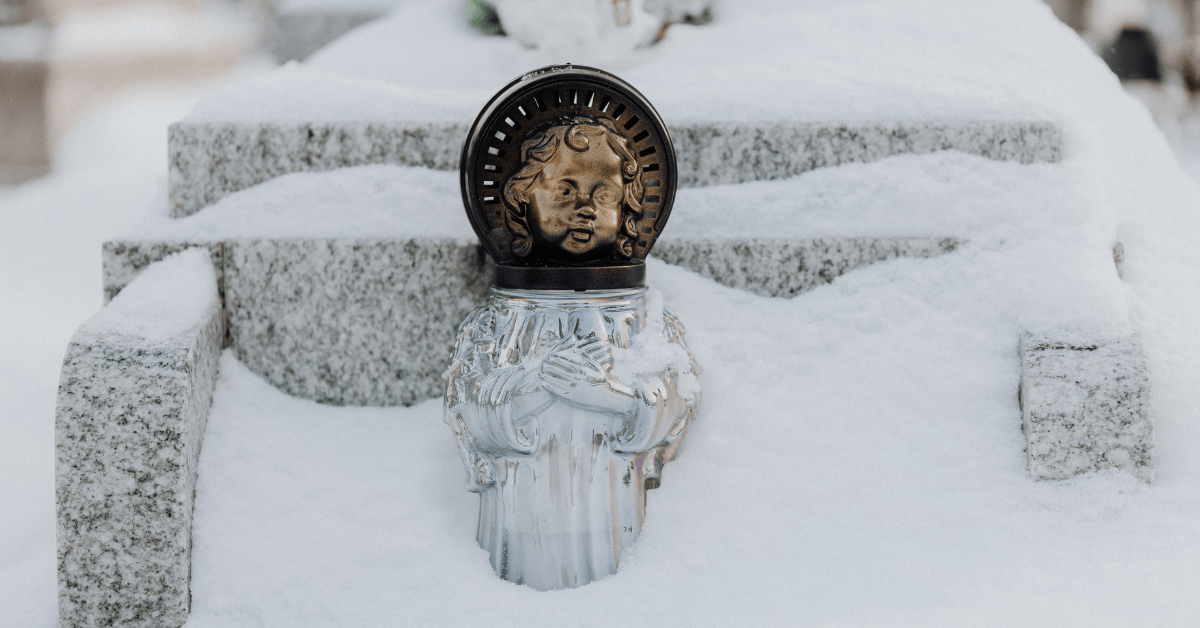It was in the early 1990s, when the quaint town of Woodstock, where creativity flourishes, a revolutionary art exhibition challenged the conventional norms and ushered in a new era of artistic freedom. The “Uncensored Art Show,” curated by the duo Peter Pryor and Joy Marden, provided a platform for artists to showcase their work without the constraints of traditional jurying processes. Rejecting the notion of censorship in art, the exhibition showcased a diverse range of artworks, including paintings, sculptures, and mixed media pieces, that ignited conversations on societal norms, censorship, and the boundaries of creative expression.
The “Uncensored Art Show” marked a departure from the typical art exhibitions. Instead of following the conventional approach of jurying artworks to determine what should be displayed, Peter Pryor and Joy Marden believed in embracing complete artistic freedom. They invited artists from various backgrounds and disciplines to submit their creations without any preconceived notions of what was deemed acceptable or unacceptable. By doing so, the show encouraged artists to break free from contemporary values in selection and dared to showcase art that was unfiltered and open.
Joy Marden, one of the key people behind the “Uncensored Art Show,” envisioned the event as a rebellion against the editing process that often dilutes the true essence of art. The show aimed to create a space where artists could express themselves authentically without fearing censorship or judgment. By embracing this unorthodox approach, Marden sought to challenge the status quo and provide a stage for artists to showcase their unfiltered visions.
The exhibition at Woodstock Town Hall displayed a fascinating array of artworks that ranged from thought-provoking to controversial. Paintings adorned the walls, revealing the artists’ diverse perspectives on identity, politics, and social issues. Drawings and photographs provided insight into the artists’ inner worlds, capturing fleeting moments and emotions frozen in time.
Sculptures, though few in number, left a lasting impact on visitors. Bernarr Schaeffer’s wood carvings exuded an uncanny quality that blurred the lines between art and the natural world. One particularly striking carving bore the evocative title “Viscous,” hinting at a visceral unease permeating the exhibit.
The “Uncensored Art Show” also featured works that delved into societal taboos and challenged preconceived notions of acceptability. Laura Felise’s intensely sexual paintings, inspired by intricate cross-sections of seashells, pushed the boundaries of artistic expression. Her works enveloped in silk or velvet, resembled strange flat flowers, inviting viewers to confront their own emotions and perceptions.
Among the captivating pieces was Peter Pryor’s own contribution to the exhibition. Pryor’s large-scale works, like “My Neighborhood,” offered a controlled yet sophisticated portrayal of childhood memories. His pieces invoked a sense of nostalgia and playfulness, inviting viewers to explore their own recollections of youth. Peter Pryor had an unconventional upbringing marked by foster care from age four to thirteen. Despite the challenges, Pryor’s talent and passion for the arts were apparent from an early age. Initially majoring in humanities, he discovered his true calling in the fine arts during his first two years of college. It was his professor, Harper T Phillips, who recognized Pryor’s potential and urged him to pursue art as a career.
The “Uncensored Art Show” left a mark on Woodstock’s art community and beyond. It sparked dialogues on the significance of artistic freedom, the role of censorship in art, and the power of creativity to provoke thought and evoke emotions. The exhibition’s impact extended beyond the confines of the town, inspiring artists and art enthusiasts alike to embrace the spirit of rebellion in their own creative endeavors.Put short, the “Uncensored Art Show” organized by Peter Pryor and Joy Marden at Woodstock Town Hall redefined the boundaries of artistic expression. By breaking free from conventional jurying processes and embracing complete creative freedom, the exhibition provided a platform for artists to showcase their unfiltered visions. The diverse range of artworks, from thought-provoking paintings to striking sculptures, challenged societal norms and ignited conversations on censorship and creativity. This event left a lasting impact on the local art community, encouraging artists to rebel against the status quo and embrace the true essence of their craft.


